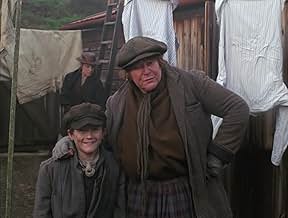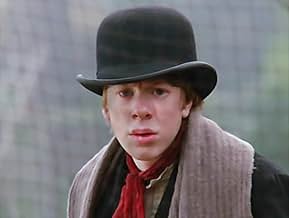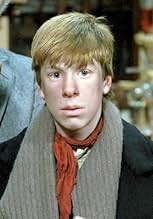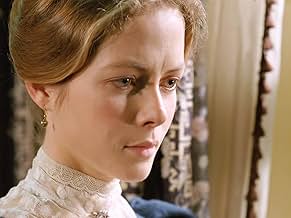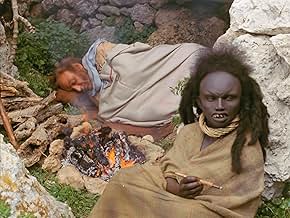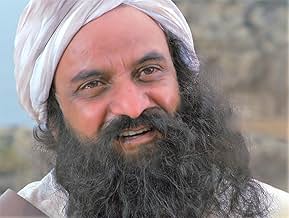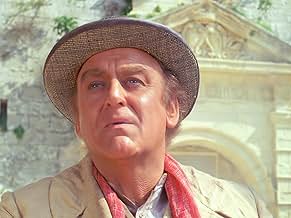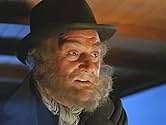Agrega una trama en tu idiomaThe disappearance of a young woman's father and a mysterious note years later after the strange regular annual delivery of valuable pearls to her puts Sherlock Holmes on the case.The disappearance of a young woman's father and a mysterious note years later after the strange regular annual delivery of valuable pearls to her puts Sherlock Holmes on the case.The disappearance of a young woman's father and a mysterious note years later after the strange regular annual delivery of valuable pearls to her puts Sherlock Holmes on the case.

